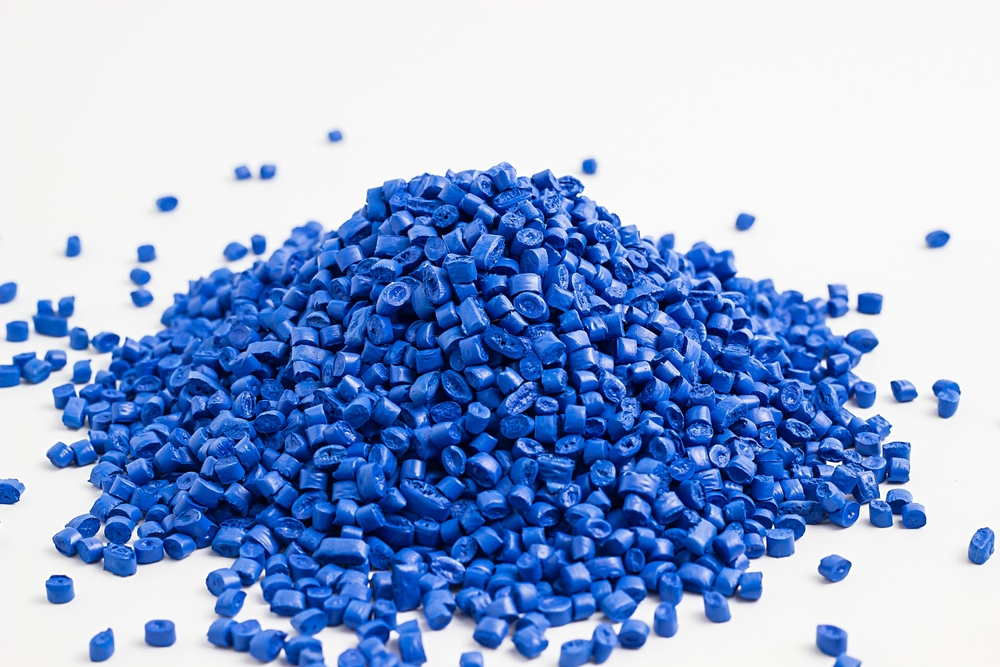Description
Polypropylene Copolymer: Tailoring a Versatile Plastic for Demanding Applications
Polypropylene (PP) is a ubiquitous plastic, renowned for its affordability, chemical resistance, and versatility. However, standard homopolymer PP can sometimes fall short in specific applications, particularly those requiring improved impact resistance or flexibility. This is where polypropylene copolymer steps in.
Polypropylene copolymer, as the name suggests, is a modified version of PP created by polymerizing propylene with a second monomer, typically ethylene. This seemingly small alteration dramatically changes the material’s properties, offering a wider range of performance characteristics than its homopolymer counterpart.
Understanding the Difference: Homopolymer vs. Copolymer
Think of homopolymer PP as a rigid, uniform structure. Its consistent molecular makeup provides excellent tensile strength and high stiffness. However, this uniformity also makes it susceptible to cracking under impact, especially at lower temperatures.
Copolymer PP, on the other hand, introduces “kinks” or irregularities into the polymer chain by incorporating the second monomer. These irregularities disrupt the crystallinity of the polymer, resulting in:
- Increased Impact Resistance: The “kinks” absorb energy more effectively, making the material less brittle and more resistant to impacts, even at cold temperatures.
- Improved Flexibility and Ductility: Copolymer PP is more pliable than homopolymer PP, allowing it to bend and deform without breaking.
- Lower Stiffness: While still relatively rigid, copolymer PP generally exhibits lower stiffness and tensile strength compared to homopolymer PP.
Two Main Types of Polypropylene Copolymer:
Within the realm of polypropylene copolymers, two major categories stand out:
- Random Copolymer: In random copolymers, the ethylene monomers are randomly distributed along the propylene chain. This leads to a more flexible and transparent material compared to homopolymer PP. Random copolymers are often used in applications requiring clarity and good impact resistance, such as food packaging films, bottles, and medical devices.
- Block Copolymer: Block copolymers feature longer sequences or “blocks” of ethylene monomers interspersed with blocks of propylene monomers. This structure results in a material with enhanced impact resistance, particularly at low temperatures. Block copolymers find applications in demanding sectors like automotive parts (bumpers, interior trims), large containers, and industrial components.
Applications Across Industries:
The versatility of polypropylene copolymer makes it a valuable material across diverse industries:
- Packaging: Flexible films, blow-molded containers, and closures that require impact resistance and durability.
- Automotive: Bumpers, interior trim, under-the-hood components demanding impact strength and resistance to harsh environments.
- Consumer Goods: Toys, appliances, furniture components requiring durability and flexibility.
- Medical: Medical devices, syringes, containers requiring compatibility with sterilization processes.
- Industrial: Industrial containers, pipes, and fittings demanding chemical resistance and robustness.
Advantages of Using Polypropylene Copolymer:
Beyond the specific benefits of each type of copolymer, both offer several advantages:
- Excellent Chemical Resistance: Like homopolymer PP, copolymers are resistant to a wide range of chemicals, making them suitable for demanding environments.
- Cost-Effectiveness: PP copolymers are generally more affordable than other engineering plastics offering similar performance.
- Recyclability: Polypropylene copolymers are recyclable, contributing to a more sustainable materials cycle.
- Lightweight: PP copolymers are lightweight, contributing to fuel efficiency in automotive applications and ease of handling in other sectors.
Choosing the Right Copolymer:
Selecting the appropriate polypropylene copolymer depends on the specific requirements of the application. Factors to consider include:
- Impact Strength: Critical for applications exposed to potential impact or vibration.
- Flexibility: Important for parts that need to bend or flex without breaking.
- Transparency: Necessary for packaging or applications where visibility is desired.
- Temperature Resistance: Consider the operating temperature range of the application.
- Chemical Resistance: Match the material’s chemical resistance to the expected exposure.
Conclusion:
Polypropylene copolymer is a valuable addition to the polymer landscape, offering tailored solutions for applications where standard polypropylene falls short. By carefully selecting the appropriate type of copolymer based on the specific application requirements, manufacturers can leverage the advantages of this versatile material to create durable, cost-effective, and high-performing products. As technology advances, we can expect further developments in polypropylene copolymer formulation, expanding its applications and solidifying its position as a crucial material in a wide range of industries.










Reviews
There are no reviews yet.